Armenia is a state located in the south of the Transcaucasian region. The neighboring countries are Turkey, Georgia, Iran and Azerbaijan.
The national economy of Armenia has historically developed as industrial-agrarian. The leading role in its economy is played by agricultural production - crop production and animal husbandry. In recent years, the development of industry has begun.
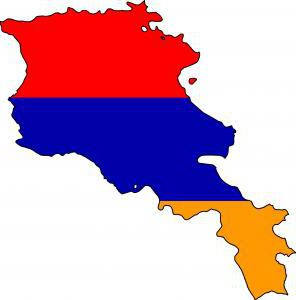
The economic isolation from neighboring Turkey and Azerbaijan caused an imbalance in foreign trade, which is offset by trade with Russia, the largest supplier of goods to Armenia. Currently, Armenia exports products mainly from the Russian Federation, which has an extremely important impact on its economy.
Features of the economy
The peculiarities of the geographical position of Armenia and its natural resource base (there is no access to the sea, there are no oil and gas reserves, poor lands) have made the republic dependent on external deliveries of many groups of goods.
The economy of Armenia is based on agriculture, which makes up more than 20% of the country's product. Horticultural, wine-cognac, metallurgical, machine-building, chemical and tobacco industries are developing, diamonds and semi-precious stones, gold, silver and platinum are processed. Measures are being taken to intensify the production of textiles, synthetic rubber, building materials.
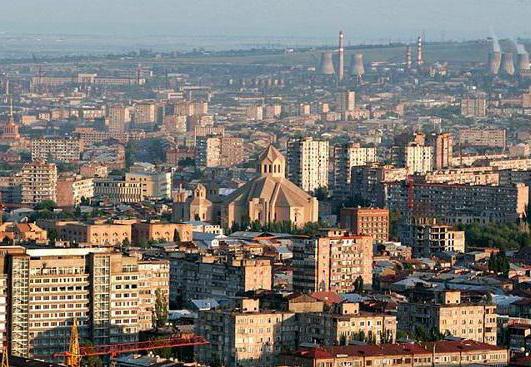
There are deposits of iron ore, copper, molybdenum, borite, lead and zinc.
In foreign trade, the export of goods is inferior to import, that is, import. Armenia imports gas, oil, food.
The economy of Armenia is characterized by rapidly growing energy, which is building up its potential through the import of resources from Russia. The largest supplier of gas and fuel for nuclear power plants in Armenia is Russia.
Foreign trade dynamics
Armenia exports and imports goods, but the import of goods into the country exceeds the export. Armenian export to Russia is represented by 10 main product groups - these are food, livestock and agriculture:
- cognac, rum, wine;
- fruits;
- cottage cheese;
- vegetables;
- coffee.
According to statistics, in 2016, the supply of Russia-Armenia increased by 4.7%. Exports as part of foreign trade with Russia grew in annual terms by 2%.

The most important change in export trade from Russia occurred in 2015, after Armenia joined the EAEU (formerly called the Customs Union). The Armenia-Russia relations after the creation of the EAEU are gaining new momentum. Export is now carried out in a single customs territory, where a simplified procedure for crossing the country's border for many groups of goods and services is possible.
It is expected that accession to the EAEU will positively affect the export and general condition of the Armenian economy. At the same time, the influence of many other factors affects:
- falling oil prices;
- stagnation and deceleration of economic growth of the Russian Federation;
- depreciation of the dram and the ruble against the dollar.
As a result of joining the EAEU, the number of Russian exporters to Armenia, as well as Armenian exporters - small farms increased.
Trade relations of Armenia with Russia
Russia is one of the largest partners of Armenia both in bilateral relations and within the framework of international organizations. However, countries do not have a common border, which complicates export shipments. If the goods are sent by rail or road, a customs declaration is required for transit movement through the territory of non-EAEU countries - Georgia or Azerbaijan.
For Russia, Armenia is also the most important trading partner. Export to the republic is carried out for the following groups of goods:
- heat power equipment, boilers;
- electric cars;
- machines and mechanisms;
- cars and vehicles;
- food and food products;
- cereals, wheat;
- mineral fuel.
In 2015, Armenia reduced the import of oil and oil products, but increased gas imports. Gas supply from Russia is organized by Gazprom Armenia CJSC. Russia is the leading gas supplier for this republic, which needs energy resources.
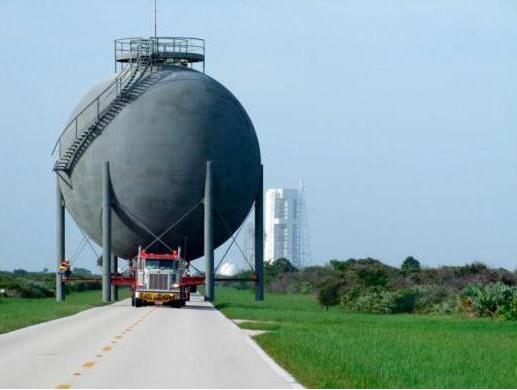
To strengthen foreign trade relations, international exhibitions are held. Russian entrepreneurs are actively interested in the Armenian market. Armenian businessmen are ready for cooperation, as the basis of these relations, besides business interests, is the friendship of the two countries. Exhibitions contribute to the development of joint business, trade and economic relations and the attraction of entrepreneurs interested in Armenia to the market. Simplified export from Russia to Armenia is a unique opportunity to take export turnover to a new level.
Features of cargo transportation
Armenia has no common borders with Russia; therefore, all freight traffic crosses the territory of Georgia or Azerbaijan. Delivery by road is beneficial in the ratio of time-price-quality. This way it is possible to transport goods of various purposes and volumes. Optimal in terms of delivery - air transportation of goods for export. Air transportation has restrictions on the weight of goods and their dimensions.
Aspects of export-import of the Armenian market after joining the EAEU
EAEU member countries use a single external tariff for all products entering the market. Tariffs for the import of certain groups of goods into Armenia until 2022 will be revised.
Prior to joining the Eurasian Union, free trade agreements were in effect for Armenia; the entry into the union of domestic trade tariffs changed slightly, but changed the procedures for customs clearance. If prior to joining the EAEU all goods had to go through the customs clearance procedure, now trade is carried out without customs clearance.
Paperwork for export to Armenia: what has changed?
Previously, based on the CT1 certificate, customs clearance was simplified. The main changes and requirements relate to the preparation of goods for export to Armenia. What documents were needed earlier and now - we give below:
- No certificate of origin (CT1) is required, thereby reducing certification costs.
- Customs clearance in Russia is not mandatory. It is necessary to fill out a transit declaration for the transport of goods through the territories of neighboring countries.
- Exporter brokerage expenses are excluded.
- There is a 40-day VAT offset period.
- A trading partner must receive a certificate of VAT payment from the tax authorities of the Russian Federation for the application of a zero rate.
- Exporters of alcoholic beverages are required to produce the necessary documents for each product name.

Previously, for the import of goods according to a simplified scheme, organizations and individual entrepreneurs required the following documents:
- customs declaration;
- CT1 certificate;
- a contract for the purchase of goods, an invoice or a replacement document;
- waybill;
- originals of permits - conclusions, licenses, certificates, certificates.
Today, the changes have led to the fact that both parties have a delay in paying VAT, which was not the case before. In most cases, there is no need to get a CT1 certificate, which also led to savings. But due to the crossing of the territory of a third country (Georgia) when sending goods, the simplified procedure remained quite complicated.
New rules regarding the import of cars into Armenia
The import of cars from Russia to Armenia in 2015 increased almost 3 times.In March, the Armenian parliament approved a law that exempts the import of cars by citizens of the EAEU member countries from 20% VAT. But at the same time, from the beginning of 2017, new rules for the import of cars into the EAEU countries have been in force, including Armenia. The procedure will be complicated by the fact that imported cars must be equipped with the ER-GLONASS system for notification of an accident via satellite. Export vehicles must pass a crash test in the appropriate laboratory, as well as pass the “roll over” test.
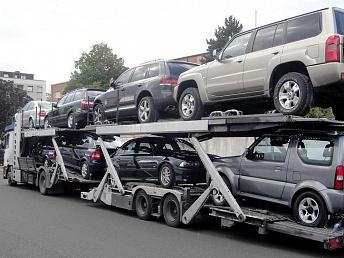 The EAEU Council introduced zero customs duties on the import of electric cars until September 2017 in Armenia, except for cars with a hybrid engine and plug-in hybrid cars.
The EAEU Council introduced zero customs duties on the import of electric cars until September 2017 in Armenia, except for cars with a hybrid engine and plug-in hybrid cars.
Parity of currencies of Russia and Armenia
The state monetary unit of Armenia is dram. In the implementation of export trade operations, the basis of calculations is the ruble exchange rate in Armenia to dram. The slowdown in the development of the Russian economy, caused, among other things, by a drop in oil prices and geopolitical changes, has led to a reduction in consumer demand for exports from Armenia in Russia and depreciation of the ruble against the Armenian currency. In March 2017, the ruble exchange rate in Armenia for the first time since the beginning of the year exceeded 7 drams against the general background of a slight strengthening of the Russian currency.
Since exchange rates affect the competitiveness of exported products, sharp fluctuations in the exchange rate reduce the competitiveness of Armenian exports in the Russian market and lead to a decrease in sales of Armenian alcoholic beverages.
What and how to import into the country
It is possible to import oil products into Armenia duty free - gasoline, diesel fuel, jet fuel and rocket fuel, as well as electric vehicles. Plant materials must have phytosanitary certificates from the country of origin. Import of any animals is possible only with veterinary certificates that the animal is vaccinated and that it comes from a region free of pests and diseases.
Mandatory confirmation of compliance are:
- fish and fish products;
- vegetable oils;
- bakery products, bread;
- Kids toys;
- radio equipment;
- firearms.
Paperwork for export to Armenia implies the following items:
- a contract with clearly stated details and signatures, on the basis of which the products were exported;
- an application for the import of goods and payment of VAT with a mark of the tax service;
- shipping documents;
- other documents required by law.
The interest of entrepreneurs in exporting to Armenia from Russia by simplification implies, nevertheless, knowledge of a number of regulatory documents and rules, careful observance of product quality control.
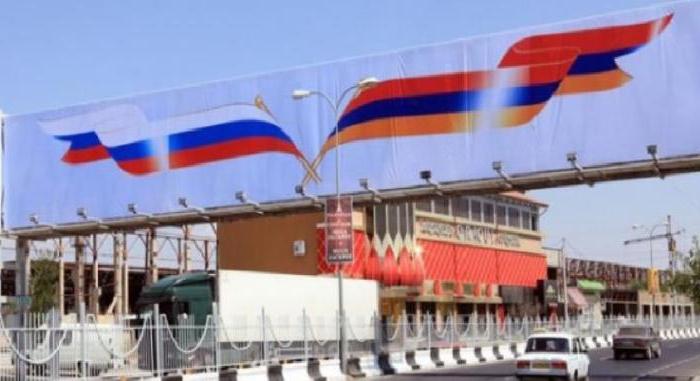
The simplification of exports from Russia to Armenia within the EAEU allows companies - subjects of foreign economic activity - to conduct mutually beneficial operations. The Armenian economy, which has survived crises, natural disasters and has unfavorable conditions for development, has a chance to develop thanks to the export of vital goods from Russia.